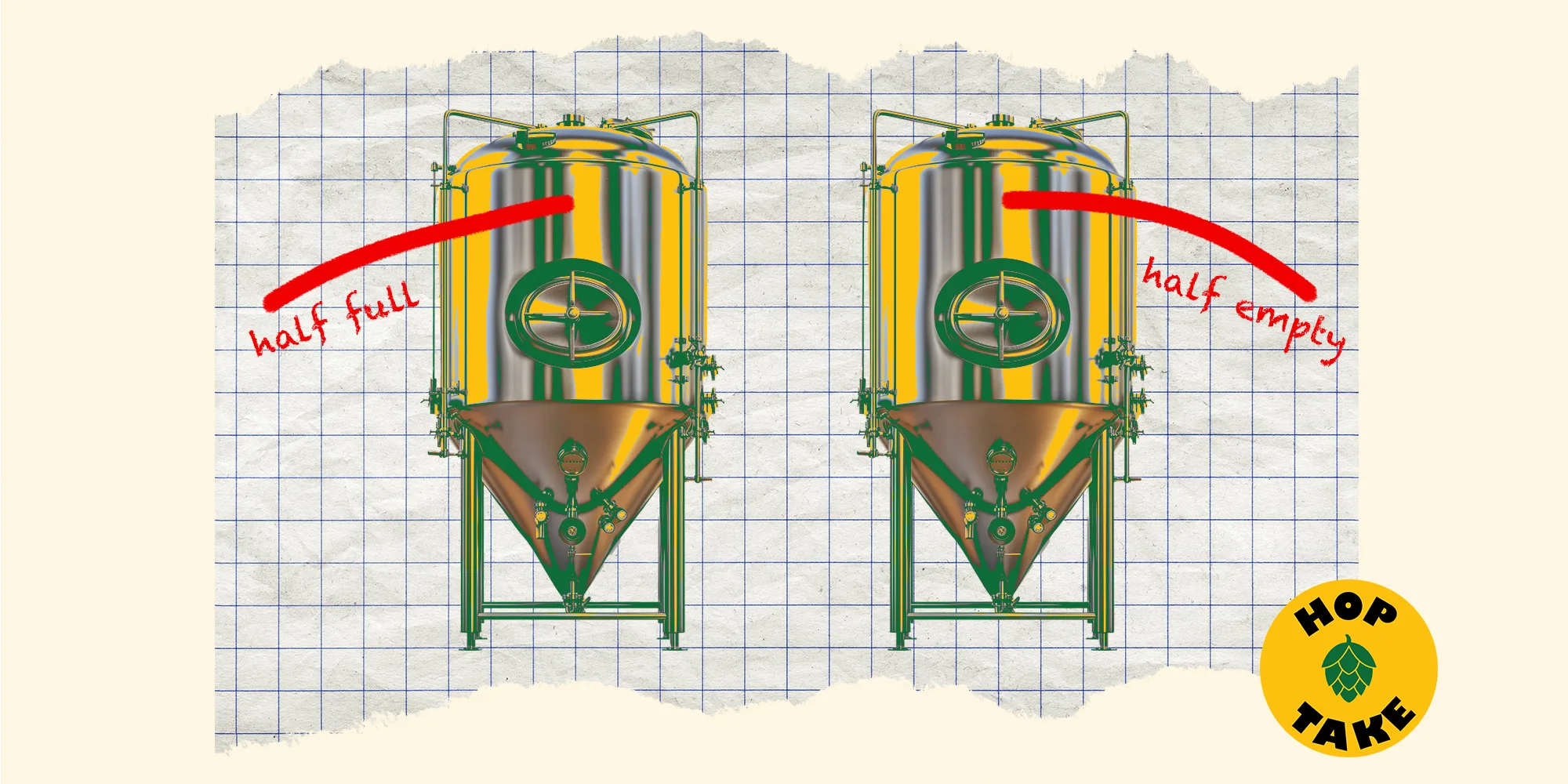Local eggs come from hundreds of miles away. The milk for Chobani yogurt doesn’t flow from Chobani-owned dairies. You think Paul Newman makes all that salad dressing himself? Don’t be ridiculous: he’s dead. And when he was alive, he didn’t, either.
The ~35,000 products in the average American grocery store are impossibly diverse, but with few exceptions, they’re all the outcome of supply chains that have been partially or fully contracted or licensed out to other vendors. One of the ways craft brewers challenged the American commodity system for consumer packaged goods was by loudly and repeatedly hammering the idea that they were, collectively, one of those exceptions. Sure, they still bought their hops and barley like macrobrewers did, but they had better relationships with the farmers, and they made the beer themselves, right there in your community. If you found a 6-pack of craft beer on a supermarket shelf or a bar’s tap tower, you knew the place that made it was just down the proverbial road, by the same folks whose names were on the label.
Whether that halcyon “Slow Food but make it beer” vision of American commerce was ever true at a national level is hard to say. Maybe? Regardless, it’s a compelling narrative, and it fueled the craft brewing industry’s boom for many years — right up until it didn’t. With the segment struggling to shore up slipping sales figures in the face of increased competition from other categories and shifting preferences from American drinkers,



